Choosing the right framework for your web or mobile application project is more than a technical decision—it’s a strategic one that influences not just the development process but also the future scalability and maintenance of your application. Georgios Michalakidis, Founder and Director of Blue Tea Software, offers his expert insights with a web application development frameworks comparison, focusing on what end users need to know to make informed decisions.
Why Does the Choice of Framework Matter?
“The choice of a framework is influenced primarily by two factors: suitability for your use case and prior experience within the team,” Georgios explains. This foundational advice underscores the importance of selecting a framework that not only fits the project’s specific needs but also aligns with the development team’s skill set. For end users, this means understanding whether your project is best suited for a web app, a mobile app or perhaps both, and ensuring your development team is proficient in the chosen framework, whether it be Ruby on Rails, Xamarin or another option.
What Sets Ruby on Rails and Xamarin Apart?
Georgios delves deeper into the advantages of two popular frameworks. Ruby on Rails, for example, is celebrated for its ‘Don’t Repeat Yourself’ (DRY) principle. Georgios notes, “It restricts you from repeating your code…but it’s good for you,” emphasising the framework’s focus on efficiency and maintainability. Xamarin, with Microsoft’s backing, shines in its ability to develop cross-platform applications, offering “tangible quantified saving on your investment,” particularly valuable for projects targeting both iOS and Android platforms.
How Do Frameworks Enhance Development Efficiency?
Frameworks offer a scaffolding that accelerates the development process. Georgios remarks, “They provide you with that framework to do things faster, in a more standardised manner.” This approach allows for rapid prototyping and ensures that applications are built on a solid foundation of best practices and security measures. For end users, this translates to quicker project turnaround times without sacrificing application quality or security.
The Risks and Limitations: A Candid Look
Georgios also discusses the potential downsides. He warns of risks such as deprecation, licensing complexities and security vulnerabilities, particularly with open source frameworks. “If it’s open source…there is always the chance that something will just die, and therefore you won’t be supported anymore.” This caution serves as a reminder for end users to consider the long-term viability and support of the framework they choose.
The Appeal and Challenges of Open Source Frameworks
While open source frameworks can offer cost savings and customisation opportunities, Georgios stresses the importance of selecting a framework that is well-maintained and supported. “The choice between open source and proprietary frameworks affects accessibility, cost and community support,” he explains, advising end users to weigh these factors carefully to ensure their application remains secure and maintainable over time.
Conclusion: Empowering End Users with Knowledge
This quick web application development frameworks comparison, courtesy of Georgios Michalakidis, sheds light on the strategic considerations behind selecting a development framework. By focusing on the project’s needs, the development team’s expertise and the long-term implications of their choice, end users are better equipped to navigate the complexities of web and mobile application development. Georgios emphasises the importance of informed decision-making for the success and sustainability of application projects. You can contact him here or connect with him on LinkedIn.






